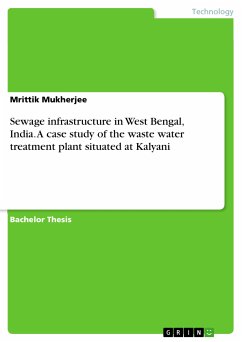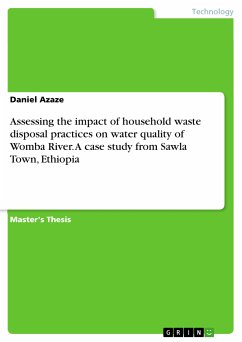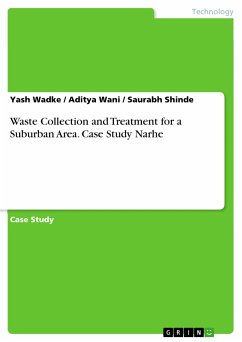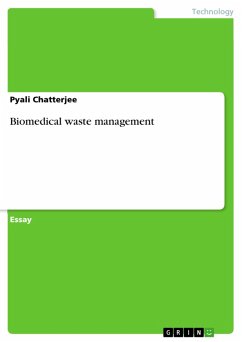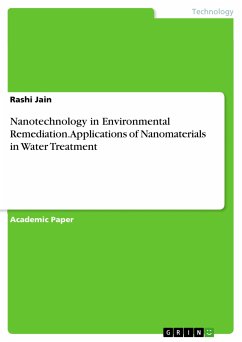Bachelor Thesis from the year 2016 in the subject Environmental Sciences, grade: 1.0, Panjab University (Dr. S.S. Bhatnagar University Institute of Chemical Engineering and Technology), course: Chemical Engineering, language: English, abstract: Over a period of a hundred an ten years, from 1901 to 2011, Indian urban population has exploded from 25.8 million to estimated 387 million. This has put extreme pressure on the fresh water resources of the nation due to concurrent expansion of agricultural sector, industrialization and urbanization. Thus, a self perpetuating problem has been generated, overload of sewage and lack of fresh water. The purpose of this project is to visit the sewage treatment plant (STP) at Kalyani in West Bengal, India, and try to collect as much information as possible, on the various aspects of the treatment plant, such as demographic significance, sewerage conditions of surrounding areas, total area and individual areas of the various treatment and handling methods, plant capacity, energy requirements, treatment methods employed and number of such facilities, performance of the equipment and processes, quality (both chemical and physical), volume and location of the discharged water, presence of quality control mechanisms, methods of sludge disposal and so on. After collecting the above information, these recorded parameters will be presented in tabular form and hence will enable one to compare this sewage treatment plant with other similar plants in West Bengal and rest of India. This will help us to assess the condition of such plant in the country and comment on the quality of the discharged water from these plants. The collected information will also be used to compare the previous and latest results and efficiency after the retro fitting is complete. By 2050, it is projected that 50% of the Indian population is going to reside in urban establishments, while even now, public services are not able to keep up with the demand of the rapid urbanization. Majority of Indian cities lack sewerage infrastructure or sewage treatment plants. Thus, sewage and other domestic and commercial wastes are discarded into rivers or pond or in open dumps away from cities.
Dieser Download kann aus rechtlichen Gründen nur mit Rechnungsadresse in A, B, BG, CY, CZ, D, DK, EW, E, FIN, F, GR, HR, H, IRL, I, LT, L, LR, M, NL, PL, P, R, S, SLO, SK ausgeliefert werden.

